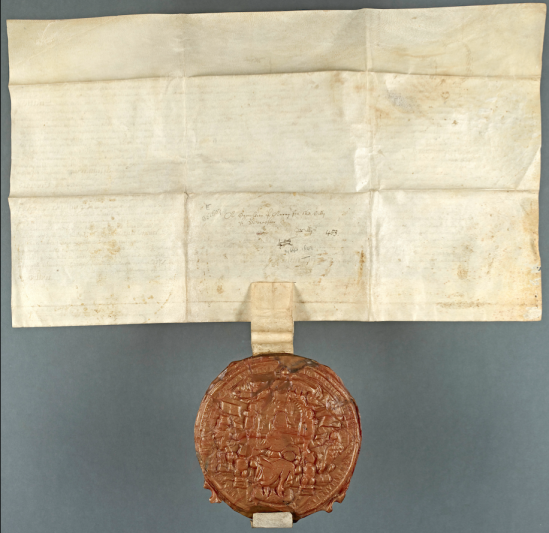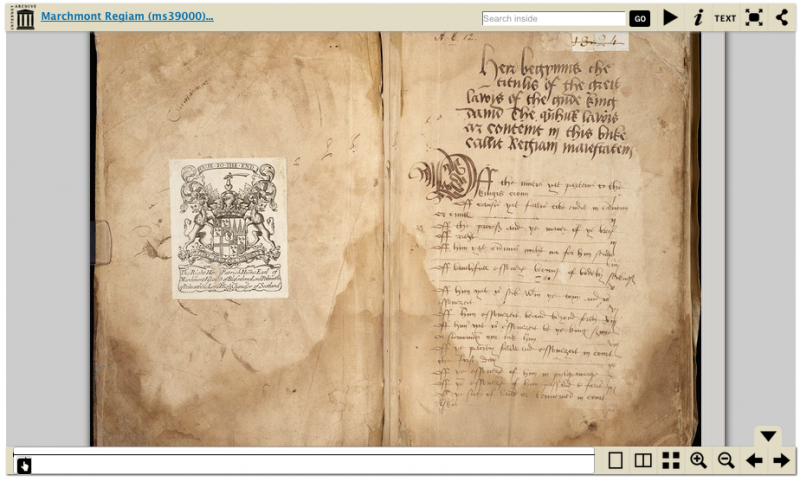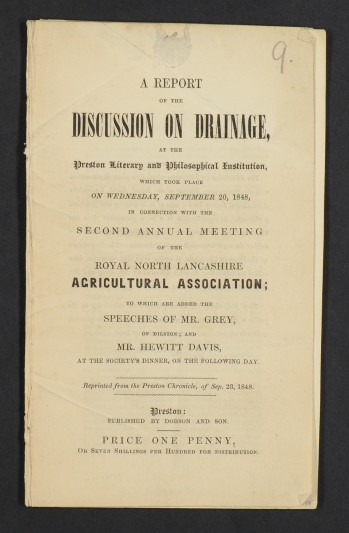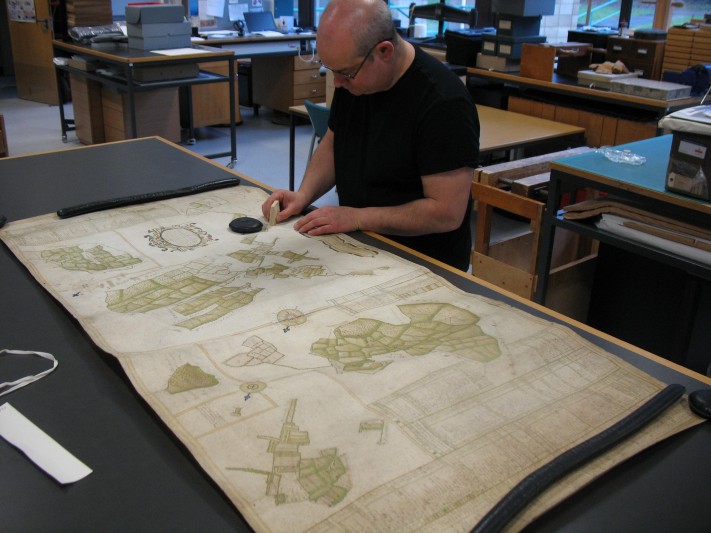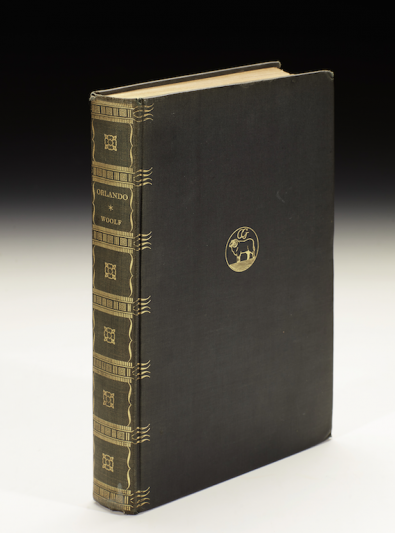Displaying 301 - 310 of 2051
Item date: 1642
Date acquired: 2016
Grant Value: £1,820 [from the Smaller Libraries' Fund]
Item cost: £5,200
Institution: Worcestershire Archive Service
Town/City: Worcester
County: Worcestershire
Formally known as Letters Patent, those signed by the monarch - Royal Letters Patent - are uncommon and this one also has the Great Seal attached to it, reinforcing its importance and legitimacy at a time of upheaval. It is essential in the story of the civil war in the city and county, and is especially meaningful for Worcester, which sees itself as ‘the faithful city’, loyal to the king in the conflict. It is in the characteristic legal hand of the period, written by or under the supervision of Sir Richard Willys, the king’s secretary, but the official signature of the king himself is visible at the top of the document.
The Commission appointed Edward, Lord Dudley, Thomas, Lord Coventry, and Sir Thomas Littelton with 23 others, including Henry Townsend whose writings are an essential source for the civil war in Worcester. The commission of array was an obsolete summons to arms to serve the king, deployed in the middle ages but fallen into disuse until Charles I revived it in 1642.
Item date: 1687
Date acquired: 2016
Grant Value: £600
Item cost: £1,750
Institution: West Sussex Record Office
Town/City: Chichester
County: West Sussex
This map depicts the manor of Trotton and Cumbers Farm, owned by Laurence [Lawrence] Alcock, lord of the manor of Trotton. It records a wealth of information including the names of the individual fields which made up the manor and farm, their acreage, and the names of the surrounding landowners. The borders are beautifully decorated with vines, thistles and other plants, and the body of the map shows houses, other buildings and woodland. The title is enclosed in an elaborate cartouche and the map features a finely drawn thirty-two point compass.
Estate maps are valuable sources for researchers seeking to trace changing boundaries, land usage and land ownership over time, predating similar sources such as tithe and enclosure maps and awards. This survey is particularly useful when taken in conjunction with complementary material at West Sussex Record Office, which includes a court roll for the manor of Trotton, 11 Sep 1617-10 Jan 1625, and draft minutes and working papers in connection with the court baron of Trotton in the Delme Radcliffe papers, 1572-1778.
Item date: 1945-1994
Date acquired: 2016
Grant Value: £5,000
Item cost: £120,000
Institution: Warwickshire County Record Office
Town/City: Warwick
County: Warwickshire
The records are a crucial part of Warwick's economic and industrial heritage and a testament to the entrepreneurial and engineering expertise of the local area. The company played a ground-breaking role in British motor design and sporting success. The archive's unique research value though is in the building of a brand and high quality marque synonymous with British style. The elegance of the design of Healey cars as well as the company's contributions to motor-racing and speed record breaking attempts are key parts of the collection's appeal. The high status of the collection and strong local connections will bring new audiences to heritage and there will be opportunities to use the collection for income generation activities, which will help improve the sustainability of Warwickshire County Record Office.
The archive includes drawings; business, legal, research and development correspondence and files; photographs; sales and promotional material; and press cuttings.
Item date: 18 October 1548
Date acquired: 2016
Grant Value: £5,000
Item cost: £17,620
Institution: St Andrews University
Town/City: St Andrews
County: Fife
The Marchmont Manuscript of the key Scottish legal text Regiam Majestatem is written in Lowland Scots. The manuscript is signed and dated 18 October 1548 by the scribe Robert Ewyn, presented to the poet Alexander Hume by his maternal uncle, Alexander Hume of Manderston, in 1582, and bears the heraldic bookplate of Patrick Hume, first Earl of Marchmont, Lord High Chancellor of Scotland, 1702.
Date acquired: 2016
Grant Value: £1,000 [Smaller Libraries Fund]
Item cost: £1,811
Institution: Shetland Museum and Archives
Town/City: Lerwick
A small but significant collection of letters between Shetland antiquary Edwyn Seymour Reid Tait (1885-1960) and Horace Alexander Duncan, always called Barry Duncan (1909-1985), a native of Lerwick who had eventually become an artist and antiquarian bookseller in London.
Item date: 1928-1931
Date acquired: 2016
Grant Value: £1,500
Item cost: £5,500
Institution: RIBA Architectural Library
Town/City: London
This important archive of Heston Aerodrome, Middlesex, documents the construction and early operating of Britain’s first private airport. It consists of approximately 160 letters, 20 photographs, 65 drawings, 2 brochures and press cuttings.
Heston Air Park was conceived by fellow pilots and aircraft co-owners Nigel Norman and Alan Muntz in 1928, and constructed by their new company, Airwork Ltd. However it was all designed by Leslie Magnus Austin ARIBA (1896-1975). The Archive contains the correspondence between Norman and Muntz at Airwork and Austin from the initial stages in 1928 to 1931. It covers the purchase of land, construction, architecture and everything needed to build an airport, as well as recording a major disagreement regarding who should get the credit for the design of the new airport.
Author: Sylvia Lynd
Item date: 1888-1952
Date acquired: 2016
Grant Value: £2,000
Item cost: £7,000
Institution: Reading University Library
Town/City: Reading
County: Berkshire
Sylvia Lynd played an important role in 20th-century literary culture as a judge for the Book Society (the British equivalent of the American Book-of-the-Month Club) and the Femina Vie Heureuse Prize. The Hampstead home that she shared with her husband, the writer and journalist Robert Wilson Lynd, was a notable literary meeting place, and the Lynds’ circle included many publishers, literary journalists and writers, including Victor and Ruth Gollancz, J.B. Priestley, Rose Macauley, and Hugh Walpole. Other guests at their home included James Joyce (who held his wedding reception there) and W.B. Yeats. In her own right Lynd was a significant pastoral poet, but will perhaps be best remembered for her prominent role as a literary tastemaker and influential female judge on the new book clubs and literary prizes formed during the interwar years.
The University of Reading holds the Archive of British Publishing and Printing, along with related book trade material, including the Mark Longman Library (formerly the library of the National Book League). It also holds several collections of the papers and literary manuscripts of 20th century authors, with a notable focus on modern poets and Irish writers. With this in mind, the Special Collections at Reading is a natural home for the papers of Sylvia Lynd.
Item date: mid 19th century
Date acquired: 2016
Grant Value: £700 [Smaller Libraries Fund]
Item cost: £1,827
Institution: Museum of English Rural Life [Reading University]
Town/City: Reading
County: Berkshire
The Museum of English Rural Life at the University of Reading purchase of twenty-two rare agricultural pamphlets from the mid-19th century, which relate to the agricultural innovations and economics of the period, enhancing its existing collection strengths in British agricultural history. The collection includes rare works on early applications of agricultural chemistry, studies of production and demand, and farmers’ reports on the use of new agricultural equipment. They provide a unique insight into the economic and technological developments in British agriculture in the mid-19th century, a pivotal period that marked the final stages of the British Agricultural Revolution.
Item date: 18th-20th centuries
Date acquired: 2016
Grant Value: £5,000
Item cost: £33,443
Institution: Norfolk Record Office
Town/City: Norwich
County: Norfolk
In September 2016, the Norfolk Record Office purchased a wide range of documents sold at auction in the Morningthorpe Manor Country House Sale. A keen local collector had accumulated this eclectic array of documents over a number of decades. It ranged in date from the 15th to the 20th century and included diaries, deeds, maps, photographs, playbills, manorial records, estate records, travel journals, business records and political broadsheets. However, there was one strong theme linking everything together: Norfolk. It was estimated that the Record Office would require about £30,000 to secure the items of clear significance to the county’s heritage. However, the Record Office did not have purchase funds available – it needed to raise money and to do so very quickly.
A major contribution was made by the Friends of the National Libraries who not only provided a grant of £5,000, but also were able to make a decision extremely quickly. This meant that the £5,000 could be used as a seed of a campaign from which the Record Office’s fundraising partner, NORAH (the Norfolk Archives and Heritage Development Foundation) was able to secure an additional £25,000. Having reached its target the Record Office was able to secure 86 lots at the sale.
Author: Virginia Woolf
Item date: c1928
Date acquired: 2016
Grant Value: £3,000
Item cost: £9,375
Institution: National Trust, Knole
Town/City: Sevenoaks
County: Kent
The book was written by Virginia Woolf for her lover Vita Sackville-West (1892–1962), who was born and brought up at Knole. It tells the story of the house through the life of Orlando, a character whose life spans the 400–year history of Knole and who mysteriously changes sex half way through. The book was published the year Vita’s father died and Knole passed to her uncle, Major Charles Sackville-West (Edward Sackville-West’s father), thus cutting Vita’s ties with her childhood home. When Woolf wrote Orlando she sought to capture in fiction Vita’s feelings for Knole and her aristocratic heritage. The character Orlando was effectively a mythologised portrait of Vita.
